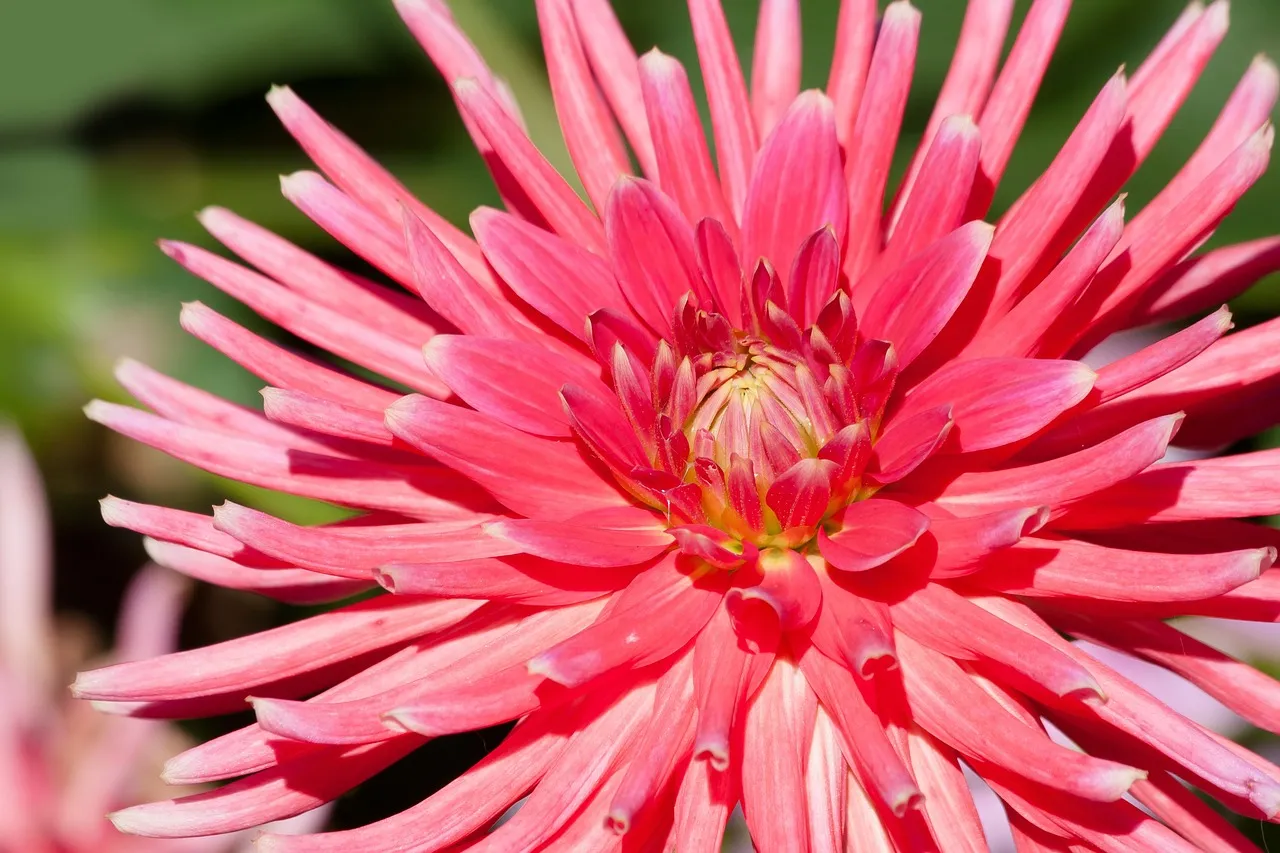Creating a picturesque balcony garden is an art that combines creativity, passion, and a dash of green thumb magic. Among the myriad of stunning flowers that can grace your small urban oasis, Dahlia bulbs stand out as vibrant jewels waiting to be unveiled. In this comprehensive guide, we will delve into the world of Dahlia bulbs, shedding light on the secrets to planting and nurturing these enchanting blooms on your balcony.
Whether you’re a seasoned gardener or a beginner with a thirst for floral beauty, join us on this horticultural journey as we discover the steps to planting the perfect balcony garden with Dahlia bulbs as its radiant centerpiece. Get ready to infuse your outdoor space with bursts of color and elegance that only Dahlias can provide.
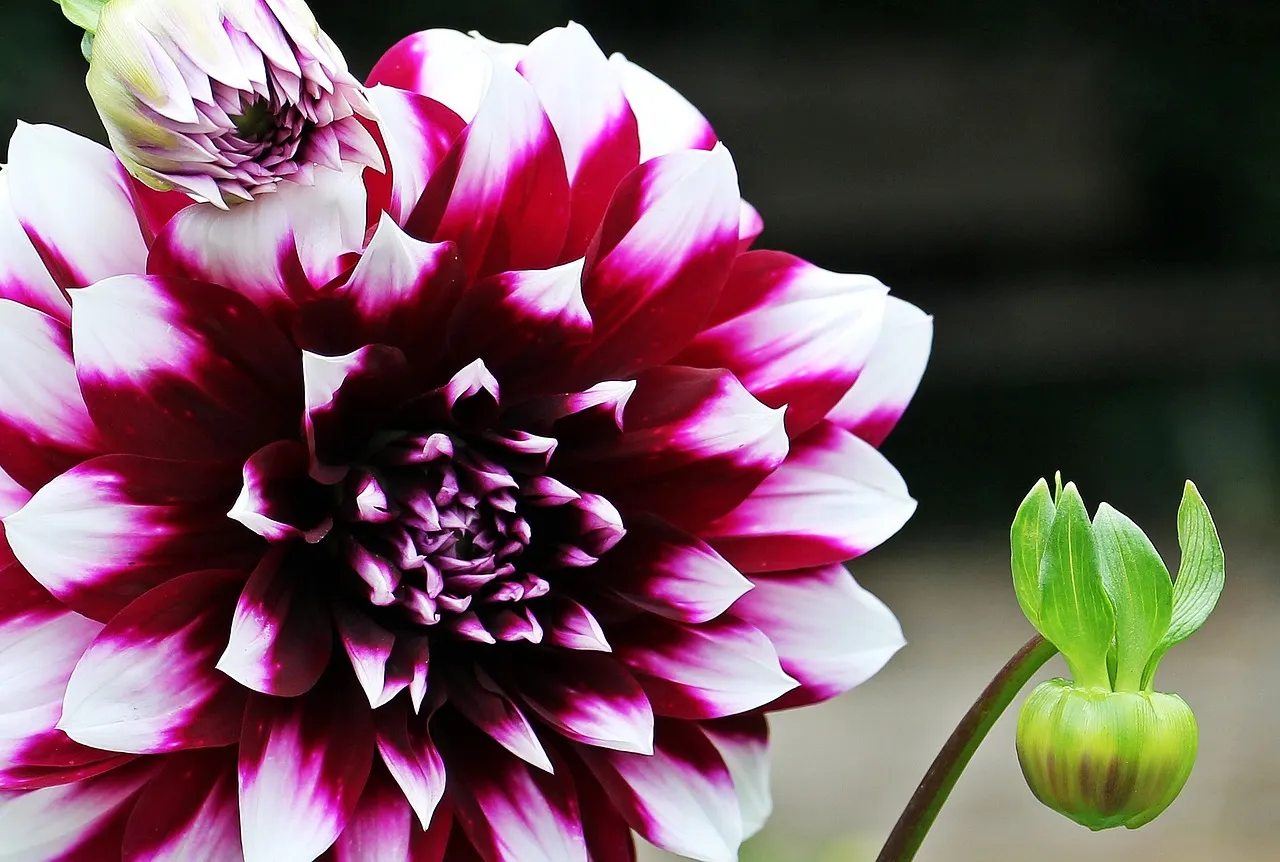
The Charm of Dahlia Bulbs: Exploring why Dahlia bulbs are a must-have for balcony gardens.
Dahlia bulbs, with their vibrant blooms and versatility, have captured the hearts of garden enthusiasts. These beautiful flowers are essential for balcony gardens, offering a touch of elegance and a burst of colors. Their charming appearance, availability in various shapes and sizes, and ability to thrive in containers make Dahlia bulbs a delightful choice for those seeking to transform their small outdoor spaces into vibrant havens of natural beauty.
Dahlias come in a multitude of colors, from fiery reds to serene whites, allowing you to curate a unique and personalized balcony garden. Their adaptability to containers means you can enjoy the allure of Dahlias regardless of space limitations. Whether you’re a seasoned gardener or a beginner with a green thumb aspiration, Dahlia bulbs are the perfect addition to elevate your balcony garden’s charm.
Types of Dahlia:
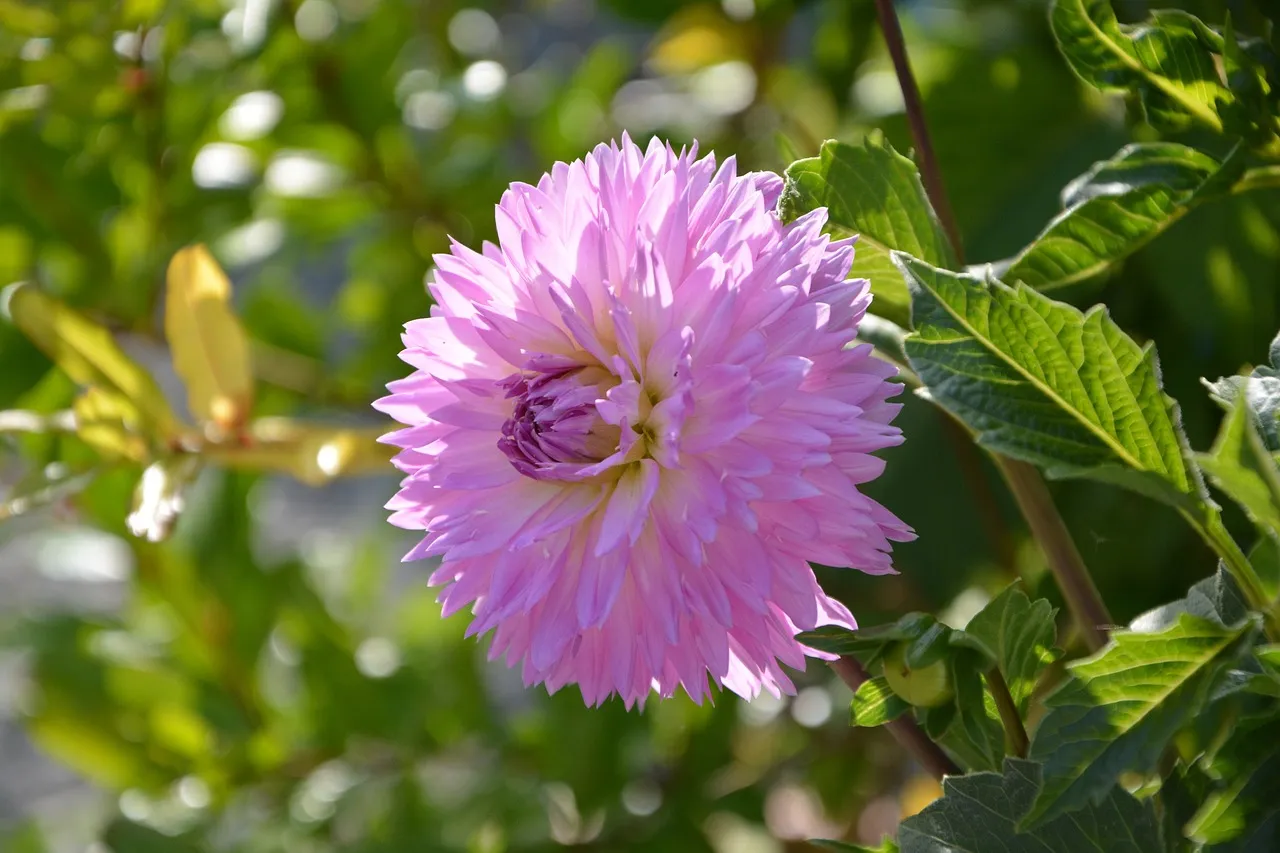
Pompon Dahlias:
Pompon Dahlias are small and ideal for balcony gardens. They have spherical blooms in various colors, adding charm and whimsy to your outdoor space.
Dinnerplate Dahlias:
As the name suggests, Dinnerplate Dahlias are known for their enormous, dinner plate-sized blooms. These Dahlias come in an array of vibrant colors and add a dramatic focal point to any balcony garden. Their large, showy flowers are sure to impress.
Cactus Dahlias:
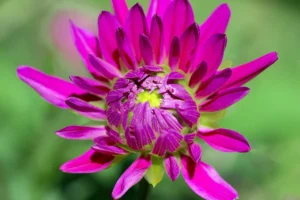
Cactus Dahlias stand out with spiky petals resembling cactus spines. They come in various colors, adding exotic flair to your balcony.
Anemone Dahlias:
Anemone Dahlias feature a central cushion of tubular petals surrounded by a ring of flat petals. Their intricate and layered appearance makes them a captivating choice for balcony gardens. These Dahlias bring an air of elegance and sophistication.
Collarette Dahlias:
Collarette Dahlias are known for their central collar of shorter petals, which surrounds the larger, outer petals. They come in various colors and offer a playful and festive vibe to your balcony garden. These Dahlias are perfect for adding a bit of fun and cheer.
Ball Dahlias:
Ball Dahlias produce perfectly spherical, ball-shaped blooms that are both charming and visually appealing. They come in a spectrum of colors and add a touch of symmetry and harmony to your balcony garden. These Dahlias are like natural ornaments.
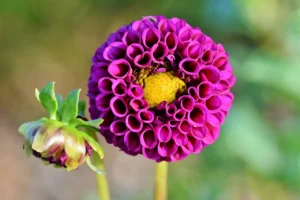
Decorative Dahlias:
Decorative Dahlias are known for their dense, fully double blooms with broad petals. They are available in a wide range of colors and provide a classic and timeless beauty to your balcony garden. These Dahlias exude elegance and grace.
Pompon Dahlias:
Pompon Dahlias are a delightful addition to any balcony garden. These petite Dahlias offer a sense of whimsy and charm with their small, spherical blooms. They come in a variety of colors, from vibrant reds to soft pastels, allowing you to create a captivating color palette on your balcony.
The compact size of Pompon Dahlias makes them a perfect choice for smaller outdoor spaces. Whether you have a cozy balcony or a limited garden area, these Dahlias can thrive in containers and add a touch of elegance to your surroundings.
Pompon Dahlias require minimal maintenance and are relatively easy to grow. With the right care, they will reward you with a continuous display of dainty, globe-like flowers throughout the growing season. Their captivating appearance and adaptability make them a must-have for balcony gardeners looking to infuse their outdoor space with floral beauty.
Dinnerplate Dahlias:
Dinnerplate Dahlias are the showstoppers of the Dahlia world, known for their enormous, dinner plate-sized blooms that can reach up to 12 inches in diameter. These Dahlias come in a stunning array of vibrant colors, from deep reds to soft pinks and creamy whites, making them an irresistible choice for balcony gardeners seeking a dramatic focal point.
The sheer size and beauty of Dinnerplate Dahlias add a touch of luxury and grandeur to your outdoor space. Their large, showy flowers create a captivating spectacle, drawing the attention of all who pass by. If you’re aiming to make a bold statement with your balcony garden, Dinnerplate Dahlias are the perfect choice.
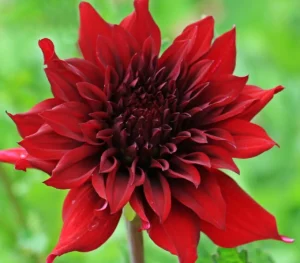
While they may seem extravagant, growing Dinnerplate Dahlias on your balcony is not as challenging as it may appear. With proper care and attention to their needs for sunlight, water, and well-draining soil, you can enjoy the breathtaking beauty of these larger-than-life Dahlias in your small outdoor oasis. Their remarkable blooms are sure to leave a lasting impression.
Cactus Dahlias:
Cactus Dahlias are known for their unique and eye-catching appearance, characterized by spiky petals that resemble the spines of a cactus. These distinctive blooms come in a wide range of colors, from fiery oranges to deep purples, adding a touch of exotic flair to your balcony garden.
The spiky petals of Cactus Dahlias create a fascinating texture that sets them apart from other Dahlia varieties. Their appearance adds an element of intrigue and uniqueness to your outdoor space, making them a captivating choice for balcony gardeners seeking something different.
Despite their exotic appearance, Cactus Dahlias are relatively easy to care for on your balcony. They require the same basic care as other Dahlia varieties, including well-draining soil, ample sunlight, and regular watering. With their striking and unconventional beauty, Cactus Dahlias are sure to be a conversation starter and a source of admiration in your balcony garden.
Anemone Dahlias:
Anemone Dahlias are a captivating Dahlia variety known for their intricate and layered blooms. These Dahlias feature a central cushion of tubular petals surrounded by a ring of flat petals, creating a mesmerizing floral composition. They come in various colors, allowing you to add an element of elegance and sophistication to your balcony garden.
The layered and textured appearance of Anemone Dahlias makes them a visual delight. Their intricate design draws the eye and adds a touch of artistic beauty to your outdoor space. These Dahlias are perfect for balcony gardeners who appreciate the finer details in floral arrangements.
Caring for Anemone Dahlias on your balcony is relatively straightforward. Provide them with the right growing conditions, including well-draining soil, adequate sunlight, and regular watering, and they will reward you with a continuous display of their enchanting blooms. Their layered petals and refined beauty make them a superb choice for adding a touch of sophistication to your balcony garden.
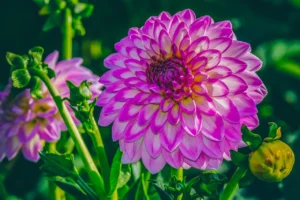
Collarette Dahlias:
Collarette Dahlias are a playful and festive Dahlia variety known for their central collar of shorter petals that surrounds the larger, outer petals. This unique arrangement of petals creates a captivating and cheerful appearance. Collarette Dahlias come in various colors, adding a sense of fun and vibrancy to your balcony garden.
The central collar of shorter petals gives Collarette Dahlias a lively and dynamic look. Their blooms exude a sense of celebration and joy, making them an excellent choice for balcony gardeners looking to create a cheerful outdoor atmosphere.
Caring for Collarette Dahlias on your balcony is relatively simple. Provide them with the right growing conditions, including well-draining soil, adequate sunlight, and regular watering, and they will thrive and continue to brighten your outdoor space with their playful and colorful presence. These Dahlias are like natural confetti, adding a touch of festivity to your balcony garden.
Ball Dahlias:
Ball Dahlias are known for their perfectly spherical, ball-shaped blooms that are both charming and visually appealing. These Dahlias come in a spectrum of colors, from bold reds to soft pastels, allowing you to create a harmonious and balanced color palette on your balcony.
The symmetry and balance of Ball Dahlias make them an excellent choice for balcony gardeners seeking a sense of order and harmony in their outdoor space. Their spherical blooms create a captivating visual effect, adding a touch of elegance to your surroundings.
Caring for Ball Dahlias on your balcony is relatively straightforward. Provide them with the right growing conditions, including well-draining soil, adequate sunlight, and regular watering, and they will thrive and continue to enchant you with their perfectly shaped blooms. These Dahlias are like natural ornaments, adding a sense of refinement to your balcony garden.
Decorative Dahlias:
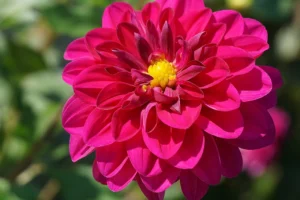
Decorative Dahlias are known for their dense, fully double blooms with broad petals. These classic and timeless Dahlias come in a wide range of colors, from deep purples to sunny yellows, allowing you to create a sense of timeless beauty on your balcony.
The fully double blooms of Decorative Dahlias exude an air of elegance and grace. Their classic appearance adds a touch of sophistication to your outdoor space, making them a superb choice for balcony gardeners seeking a timeless and refined beauty.
Caring for Decorative Dahlias on your balcony is relatively simple. Provide them with the right growing conditions, including well-draining soil, adequate sunlight, and regular watering, and they will continue to bloom and enhance your outdoor space with their classic charm. These Dahlias are like natural works of art, adding a touch of grace and beauty to your balcony garden.
In summary, the world of Dahlia gardening offers a diverse array of options to suit your balcony garden’s style and personality. Whether you prefer the whimsical charm of Pompon Dahlias, the dramatic allure of Dinnerplate Dahlias, the exotic flair of Cactus Dahlias, the intricate beauty of Anemone Dahlias, the playful spirit of Collarette Dahlias, the symmetrical elegance of Ball Dahlias, or the timeless grace of Decorative Dahlias, there’s a Dahlia variety that’s perfect for your balcony.
These Dahlias bring an enchanting and captivating presence to your outdoor space, infusing it with a burst of colors and natural beauty. Choose the Dahlia types that resonate with your aesthetic preferences, and watch as your balcony garden transforms into a vibrant oasis of floral elegance.
Choosing the Right Dahlia Varieties: A guide to selecting Dahlia varieties that thrive in containers.

Selecting the appropriate Dahlia varieties is crucial to ensure a flourishing balcony garden. Fortunately, there’s a vast array of Dahlia cultivars specifically suited for container gardening. These varieties tend to be more compact and manageable, making them the ideal choice for limited space.
When choosing Dahlia varieties for your balcony garden, consider factors such as size, color, and bloom type. Compact or dwarf Dahlia varieties like ‘Gallery Pablo’ and ‘Bishop’s Children’ are excellent choices, as they won’t overwhelm your containers. Opt for a mix of colors to create a visually captivating display, and experiment with different bloom shapes to add diversity to your garden.
By carefully selecting Dahlia varieties tailored to container growth, you’ll set the stage for a stunning and manageable balcony garden.
Container Selection Tips: How to pick the ideal containers for your Dahlia bulbs.
The success of your Dahlia bulbs on the balcony hinges on selecting the right containers. The choice of containers should align with the unique requirements of Dahlia growth. Firstly, ensure that the containers have adequate drainage holes to prevent waterlogging, a common issue that can lead to Dahlia bulb rot.

Consider the size of the containers; larger containers provide more space for root development and reduce the need for frequent watering. Additionally, opt for lightweight containers if your balcony has weight restrictions. Fabric containers, terracotta pots, or resin planters are all suitable choices.
Moreover, ensure that the containers match the aesthetic of your balcony space, enhancing its overall visual appeal. With the right containers, you’ll create an ideal environment for your Dahlia bulbs to thrive.
Soil Secrets for Dahlias: Discovering the perfect soil mix for healthy Dahlia growth.
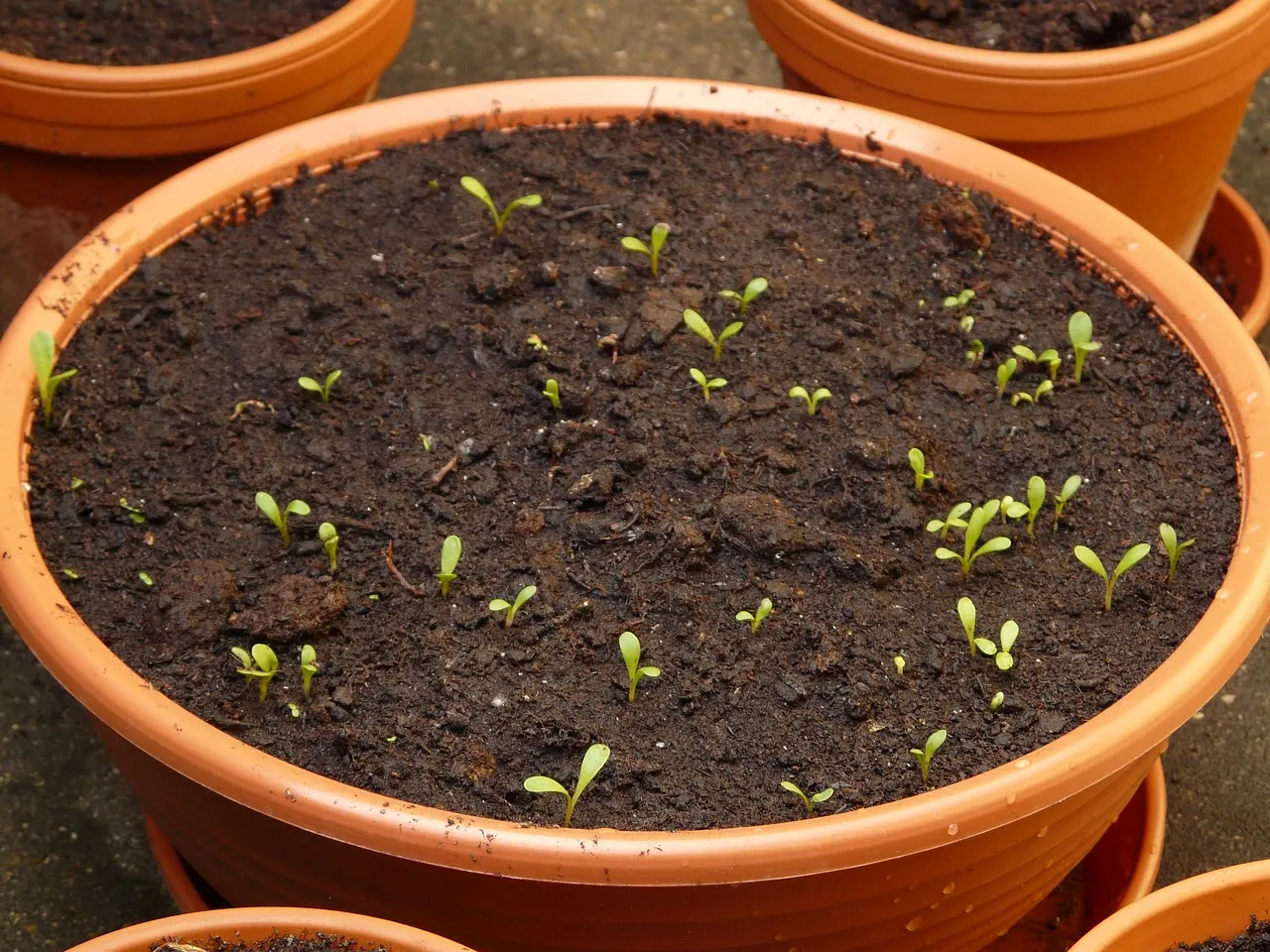
The foundation of a successful Dahlia garden lies in the soil. Dahlia bulbs demand well-draining soil rich in organic matter to support healthy growth. A well-balanced soil mix provides essential nutrients and ensures proper aeration, preventing waterlogged roots.
Start by preparing a soil mixture consisting of garden soil, compost, and perlite or sand to enhance drainage. A pH level between 6.5 and 7.0 is ideal for Dahlia cultivation. Test your soil’s pH and make necessary adjustments using lime or sulfur.
Prior to planting, enrich the soil with organic matter like compost or well-rotted manure. This not only boosts nutrient content but also enhances soil structure. The result is a nutrient-rich, well-draining soil that creates an optimal environment for your Dahlia bulbs to flourish. By focusing on soil quality, you’re setting the stage for a thriving balcony garden.
Planting Depth Matters: Understanding the proper planting depth to ensure Dahlia success.
The depth at which you plant your Dahlia bulbs is a critical factor in their growth and development. Planting them at the correct depth ensures they receive adequate support, nutrition, and protection.
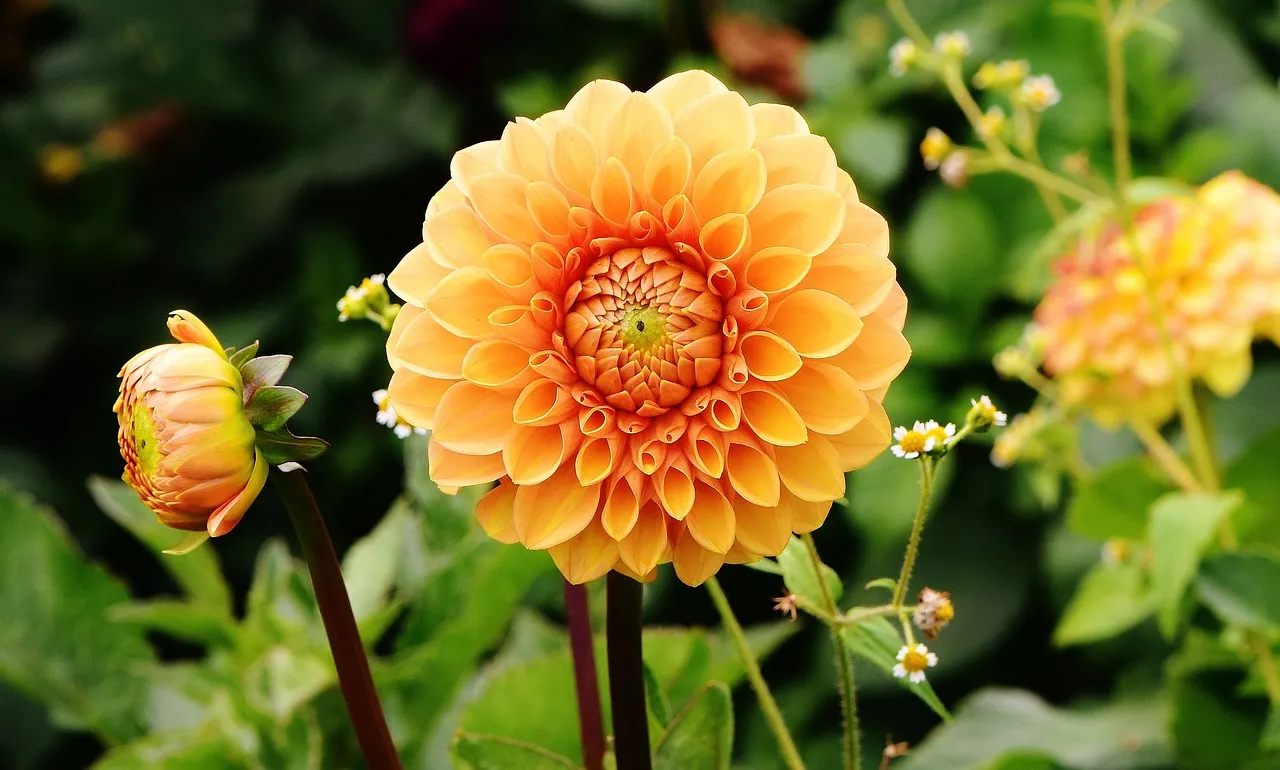
Dahlia bulbs should be planted at a depth of about 4 to 6 inches, with the “eye” or growing point facing upwards. Planting too shallowly may expose them to the elements and result in drying out, while planting too deeply can hinder their emergence. Adequate spacing between bulbs is also crucial to prevent overcrowding and competition for resources.
The proper planting depth not only promotes healthy growth but also helps your Dahlia bulbs establish a strong root system. This foundational step sets the stage for robust and vigorous plants in your balcony garden.
Watering Dahlia Bulbs: Tips on keeping your Dahlia bulbs hydrated without overwatering.
Balancing the water needs of Dahlia bulbs can be a bit tricky but is essential for their well-being. Overwatering can lead to rot, while underwatering can cause stress and hinder growth. Finding the right watering routine is key to successful Dahlia cultivation on your balcony.
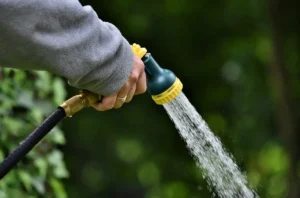
Water your Dahlia bulbs consistently, keeping the soil evenly moist but not waterlogged. Container gardens often require more frequent watering than in-ground gardens due to faster moisture evaporation. Use a moisture meter or your finger to check soil moisture levels; water when the top inch of soil feels dry.
To prevent water from splashing onto the foliage, which can lead to diseases, water the base of the plants. Additionally, consider using mulch to retain soil moisture and reduce the frequency of watering. Mastering the art of watering will help your Dahlia bulbs thrive on your balcony.
Sunlight Requirements: Unveiling the sunlight needs of Dahlia bulbs for balcony gardens.
Understanding the sunlight requirements of Dahlia bulbs is crucial to their successful cultivation in balcony gardens. These sun-loving plants thrive in full sun, receiving at least 6 to 8 hours of direct sunlight daily.
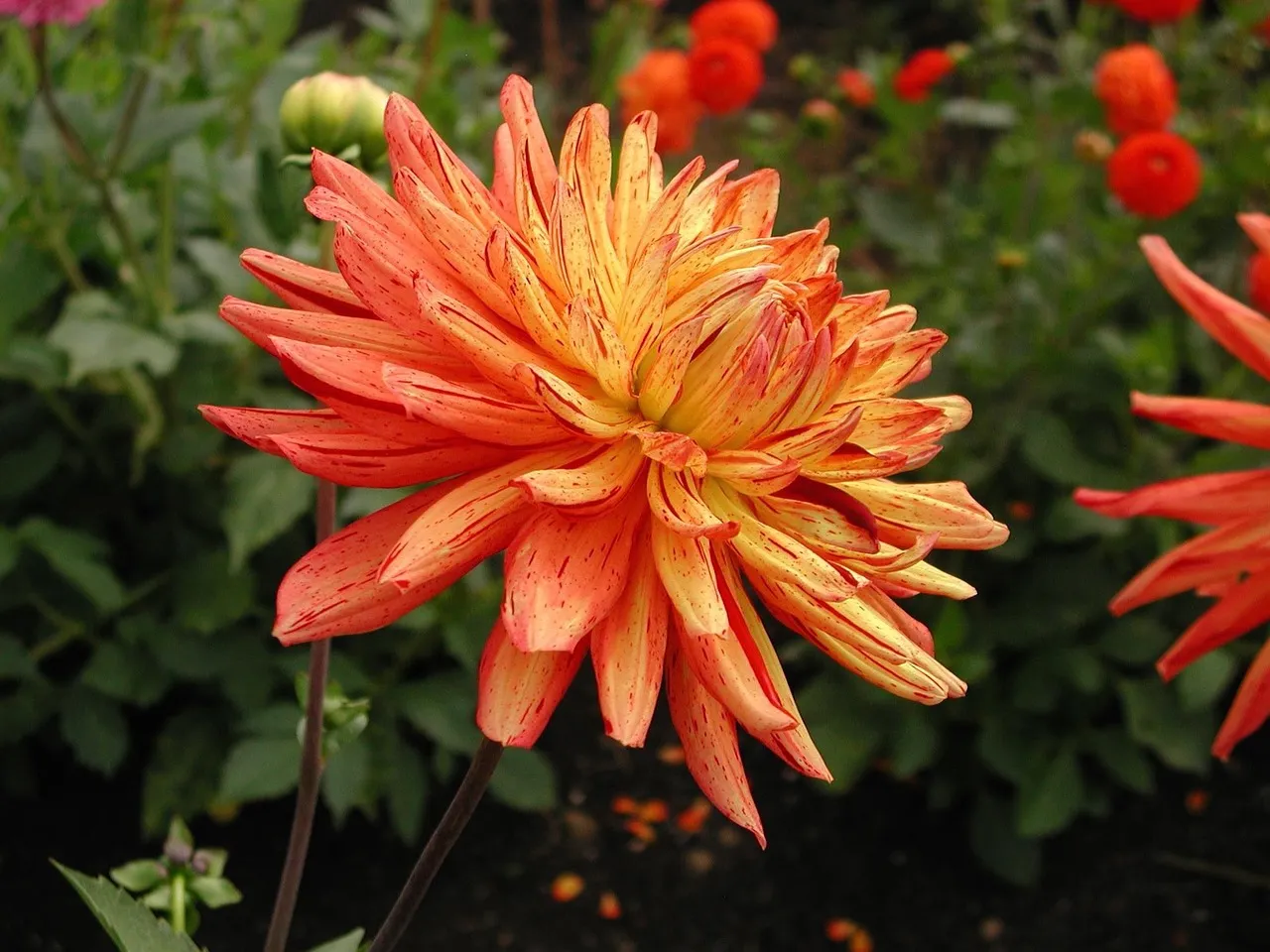
Choose a location on your balcony that receives ample sunlight throughout the day. South- or west-facing balconies tend to provide the best exposure. If your balcony has limited sunlight, consider using reflective surfaces or mirrors to redirect and maximize natural light.
Providing the right amount of sunlight ensures that your Dahlia bulbs will produce an abundance of vibrant blooms, transforming your balcony into a radiant garden oasis.
Feeding and Fertilizing: Nurturing your Dahlias with the right fertilization regimen.
Proper fertilization is essential to meet the nutritional needs of your Dahlia bulbs. These nutrient-hungry plants benefit from a balanced diet to promote vigorous growth and prolific flowering.
Begin fertilizing your Dahlia bulbs with a slow-release, balanced fertilizer when you plant them in the spring. Follow up with regular applications every 4 to 6 weeks throughout the growing season. Ensure the fertilizer has a balanced N-P-K ratio (nitrogen, phosphorus, and potassium) to support overall plant health and bloom production.

Avoid over-fertilization, as it can lead to excessive foliage growth at the expense of blooms. Water your Dahlias well after fertilizing to prevent root burn. With a consistent and well-balanced feeding regimen, your Dahlia bulbs will reward you with an abundance of beautiful flowers on your balcony.
Mulching for Dahlia Health: The benefits of mulching and how to do it right.
Mulching is a valuable practice that can greatly benefit your Dahlia bulbs by conserving moisture, regulating soil temperature, and suppressing weeds. Proper mulching techniques can enhance the overall health of your balcony garden.
Apply a 2- to 4-inch layer of organic mulch, such as shredded bark, straw, or compost, around the base of your Dahlia plants. Be sure to keep the mulch away from direct contact with the stems to prevent rot. Mulch serves as a protective barrier, preventing soil moisture from evaporating too quickly during hot weather and keeping the soil cool during hot summer days.
Furthermore, mulch discourages weed growth, reducing competition for nutrients and water. As an added bonus, it improves the aesthetics of your balcony garden. Employing the right mulching methods ensures that your Dahlia bulbs remain healthy and vibrant throughout the growing season.
Staking and Support: Keeping your Dahlia plants upright and thriving.
While Dahlia plants are renowned for their stunning blooms, their height and weight can pose challenges in maintaining an upright posture. Staking and providing adequate support are crucial for ensuring that your Dahlia plants remain sturdy and graceful in your balcony garden.
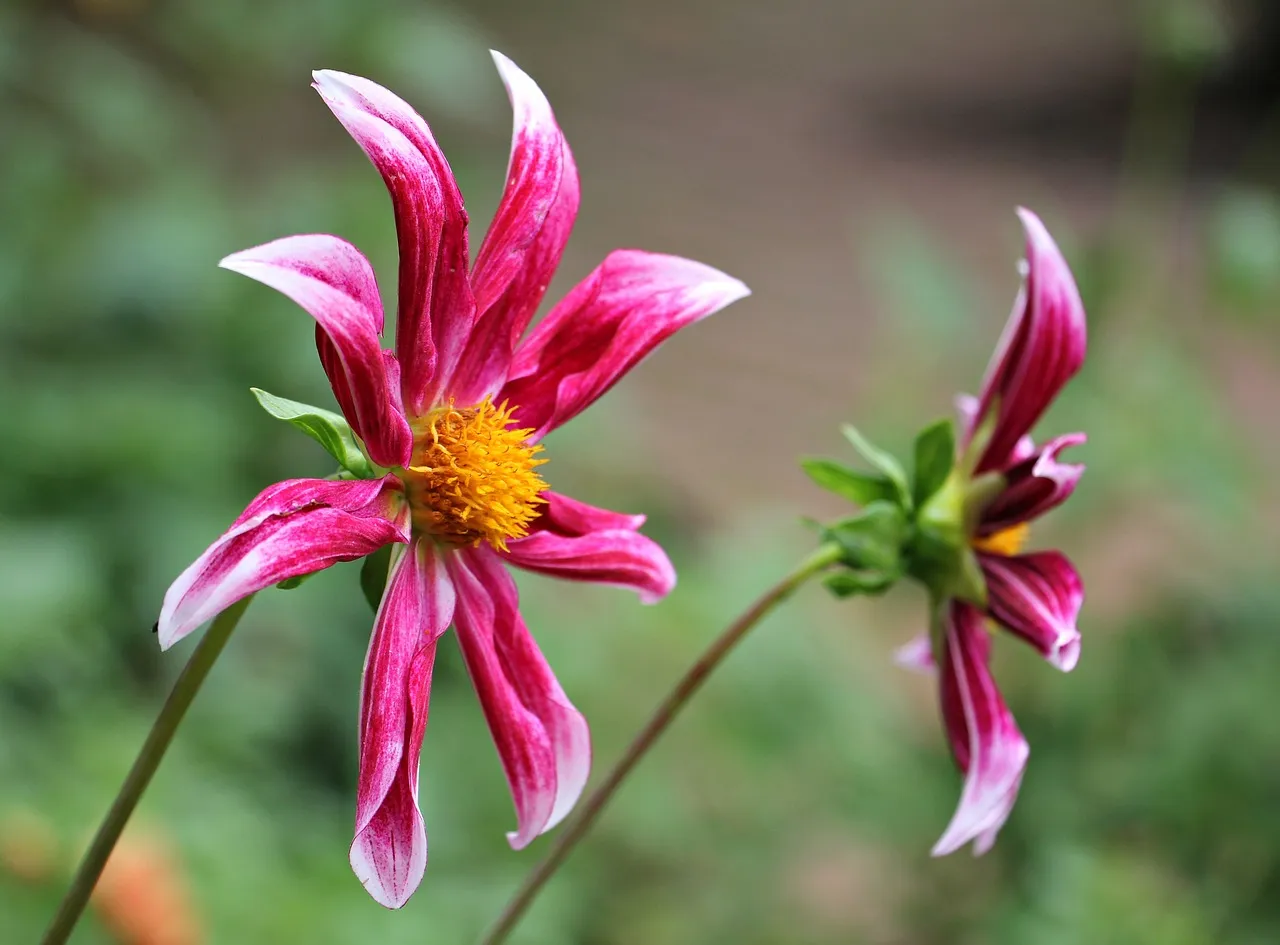
Install stakes or support structures early in the growing season, ideally when you first plant your Dahlia bulbs. Drive the stakes into the soil near the bulbs and secure the stems to them using soft ties or twine. As your Dahlias grow, continue to tie them to the stakes at regular intervals to prevent bending or breaking.
Staking not only keeps your Dahlias upright but also promotes air circulation around the plants, reducing the risk of diseases. Proper support ensures that your Dahlia garden remains a showstopper on your balcony, impressing visitors with its elegance and grace.
Pest Prevention: Natural ways to deter common pests from your Dahlia bulbs.
Protecting your Dahlia bulbs from pests is essential to maintain their health and vitality. Fortunately, there are several natural and effective methods for deterring common garden pests without resorting to harsh chemicals.
Introduce beneficial insects like ladybugs, lacewings, and parasitic wasps to your balcony garden. These insects prey on aphids, caterpillars, and other common Dahlia pests. You can also plant companion herbs and flowers, such as marigolds, chrysanthemums, and basil, to naturally repel unwanted insects.
Regularly inspect your Dahlia plants for signs of pest infestations, such as distorted leaves or discolored foliage. If you spot any pests, remove them by hand or use a gentle soap and water solution to wash them away. By implementing these natural pest prevention methods, you’ll keep your Dahlia bulbs healthy and thriving on your balcony.
Disease Defense: Identifying and managing potential Dahlia diseases.
Dahlia plants, like all garden flora, are susceptible to diseases that can compromise their health and beauty. Recognizing and addressing potential diseases is essential for ensuring the longevity of your Dahlia garden.
Common Dahlia diseases include powdery mildew, gray mold (botrytis), and fungal leaf spots. To prevent these diseases, provide proper spacing between your Dahlia plants to promote air circulation, and avoid overhead watering, as damp foliage is more susceptible to fungal infections.
Regularly inspect your Dahlias for any signs of disease, such as yellowing leaves, black spots, or powdery white residue. If you notice symptoms, promptly remove and dispose of affected plant parts. Consider using organic fungicides or neem oil to manage severe outbreaks.
By practicing good disease prevention and management, you’ll ensure that your Dahlia bulbs remain vibrant and disease-free, enhancing the beauty of your balcony garden.
Winter Care: Preparing your Dahlia bulbs for the colder months on your balcony.
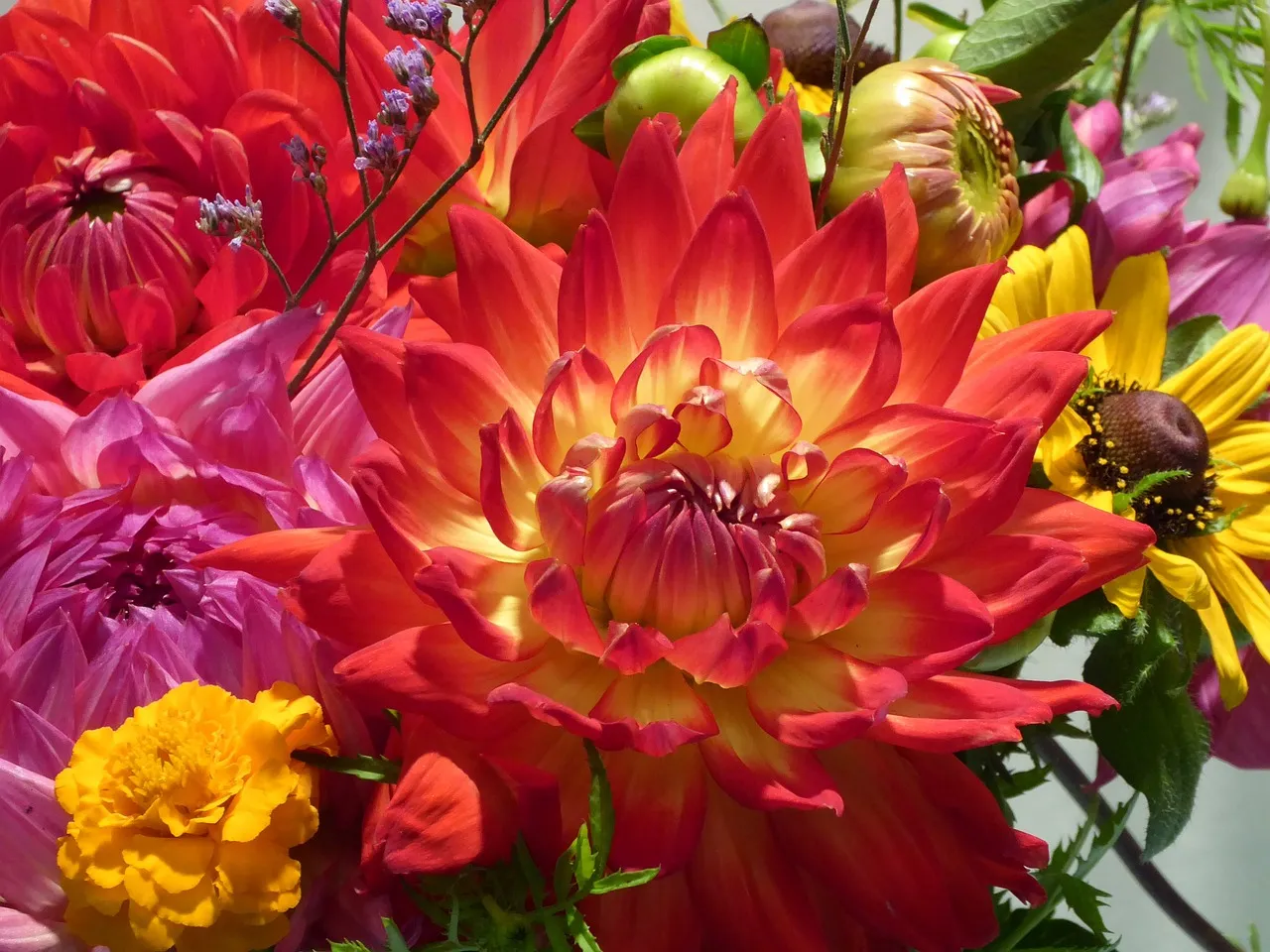
As winter approaches, it’s crucial to prepare your Dahlia bulbs for the cold and frost that can threaten their survival. Proper winter care ensures that your Dahlias return with vigor when the warmer months arrive.
First, assess the weather in your region. If you live in an area with mild winters, you may choose to leave your Dahlia bulbs in the containers and mulch them heavily for insulation. However, in regions with harsh winters, it’s advisable to dig up the Dahlia bulbs before the first frost.
For winter storage, carefully lift Dahlia bulbs, remove extra dirt, trim stems to a few inches. Dry in a cool, dry place, then store in peat moss or vermiculite till spring in a cool, dark spot.
Regularly check on your stored Dahlia bulbs to ensure they remain plump and healthy. When spring returns, you can replant them on your balcony for another season of stunning blooms.
Are Dahlia Flowers Edible? Unveiling the Culinary Potential
Dahlia flowers, known for their vibrant colors and stunning beauty, have long been admired as ornamental plants in gardens and floral arrangements. However, beyond their visual appeal, Dahlia flowers have piqued curiosity due to their potential edibility. The question remains: Are Dahlia flowers edible?
The Edible Dahlia: A Historical Perspective
Throughout history, various cultures have explored the culinary potential of Dahlia flowers. Indigenous peoples of Mexico, where Dahlias are native, used the tubers as a food source. It wasn’t until the 19th century that Dahlias made their way to Europe, where their tubers were initially cultivated for consumption.
Dahlia Varieties and Edibility
Not all Dahlia varieties are edible, and it’s crucial to distinguish between the tubers and the flowers. While the tubers of some Dahlia varieties are edible and have a taste similar to potatoes or water chestnuts, the focus here is on the flowers.
Edible Dahlia Flowers: A Delightful Surprise
Yes, Dahlia flowers are indeed edible, and they can offer a delightful addition to your culinary repertoire. Dahlia petals are the edible part of the flower, and they come in a range of colors, each with its distinct flavor profile.
Taste and Texture: A Floral Experience
Dahlia petals are often described as having a mild, slightly peppery flavor with undertones of cucumber or radish. The taste may vary slightly depending on the Dahlia variety and its growing conditions. The texture of Dahlia petals is crisp and crunchy, making them an interesting addition to various dishes.
Culinary Creativity with Dahlia Petals
The culinary uses of Dahlia petals are diverse, adding both visual appeal and flavor to dishes. Here are some creative ways to incorporate edible Dahlia petals into your meals:
Salads:
Dahlia petals can elevate your salads, adding color, texture, and a subtle peppery bite. Simply toss them in for a burst of flavor.
Garnishes:
Use Dahlia petals as garnishes for soups, appetizers, and main courses. They can transform a plain dish into a visually stunning masterpiece.
Desserts:
Dahlia petals make exquisite decorations for cakes, pastries, and desserts. Their vibrant colors can turn a dessert into a work of art.
Beverages:
Float Dahlia petals in cocktails, mocktails, or infused water for a touch of elegance and flavor.
Cautions and Considerations
While Dahlia petals are edible and can be a delightful addition to your culinary adventures, there are a few important considerations:
Variety Matters:
Ensure that you are using Dahlia petals from edible Dahlia varieties. Not all Dahlia flowers are safe for consumption.
Pesticide-Free:
If you grow Dahlia flowers for culinary purposes, use organic gardening practices and avoid pesticides or chemicals on your plants.
Allergies:
Some individuals may have allergies to edible flowers, so exercise caution when serving dishes with Dahlia petals to guests.
Quantity:
As with any new ingredient, start with a small quantity of Dahlia petals in your dishes to gauge their flavor and any potential reactions.
In conclusion, Dahlia flowers, with their array of colors and flavors, can be a delightful addition to your culinary adventures. While not all Dahlia varieties are edible, the petals of edible varieties can lend a unique and visually appealing touch to a wide range of dishes. So, if you’re seeking to explore the world of edible flowers, Dahlia petals are a delightful and colorful avenue to embark upon.
Dividing Dahlia Clumps: When and how to divide Dahlia clumps for continued growth.
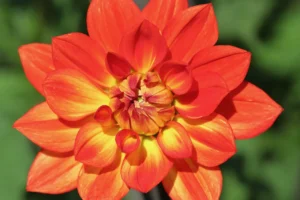
Over time, Dahlia clumps can become overcrowded, leading to reduced flowering and overall plant health. Dividing Dahlia clumps is a necessary practice to maintain the vitality and beauty of your balcony garden.
Dividing Dahlia clumps should be done in the spring when new shoots emerge but before the plants become too established. Begin by carefully digging up the clump and gently separating the tubers, ensuring each division has a portion of the tuber with an eye or growing point.
Inspect the tubers for any signs of rot or disease and discard any damaged portions. Replant the healthy divisions in their containers or chosen spots on your balcony, following the planting depth guidelines.
Dividing Dahlia clumps not only rejuvenates your plants but also promotes better airflow and healthier growth. It’s a key step in ensuring that your balcony garden remains vibrant and colorful year after year.
Dahlia Blooms and Cut Flowers: Maximizing your Dahlia garden for stunning cut flower arrangements.
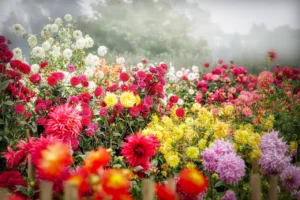
One of the joys of cultivating Dahlia bulbs on your balcony is the opportunity to enjoy their spectacular blooms as cut flowers. Dahlia blossoms make exceptional additions to flower arrangements, enhancing the beauty of your indoor spaces.
Gather Dahlia blossoms when fully open, fresh, and vibrant. Use sharp, clean shears for precise cuts. Trim foliage below water line to deter bacteria.
Arrange your Dahlia blooms with other complementary flowers and foliage to create stunning bouquets and centerpieces. Experiment with various colors and Dahlia varieties to achieve captivating and eye-catching arrangements.
With a supply of fresh Dahlia blooms from your balcony garden, you can infuse your home with the natural beauty and charm of these extraordinary flowers, delighting in their elegance and splendor.
By exploring each of these comprehensive subsections, you’ll gain a deep understanding of how to cultivate Dahlia bulbs in your balcony garden. From selecting the right varieties to mastering the art of watering, supporting your plants, and preventing pests and diseases, you’ll be well-equipped to create a flourishing Dahlia haven on your balcony. With the charm of Dahlia bulbs unveiled, your small outdoor space can become a vibrant oasis of natural beauty and elegance.
Conclusion
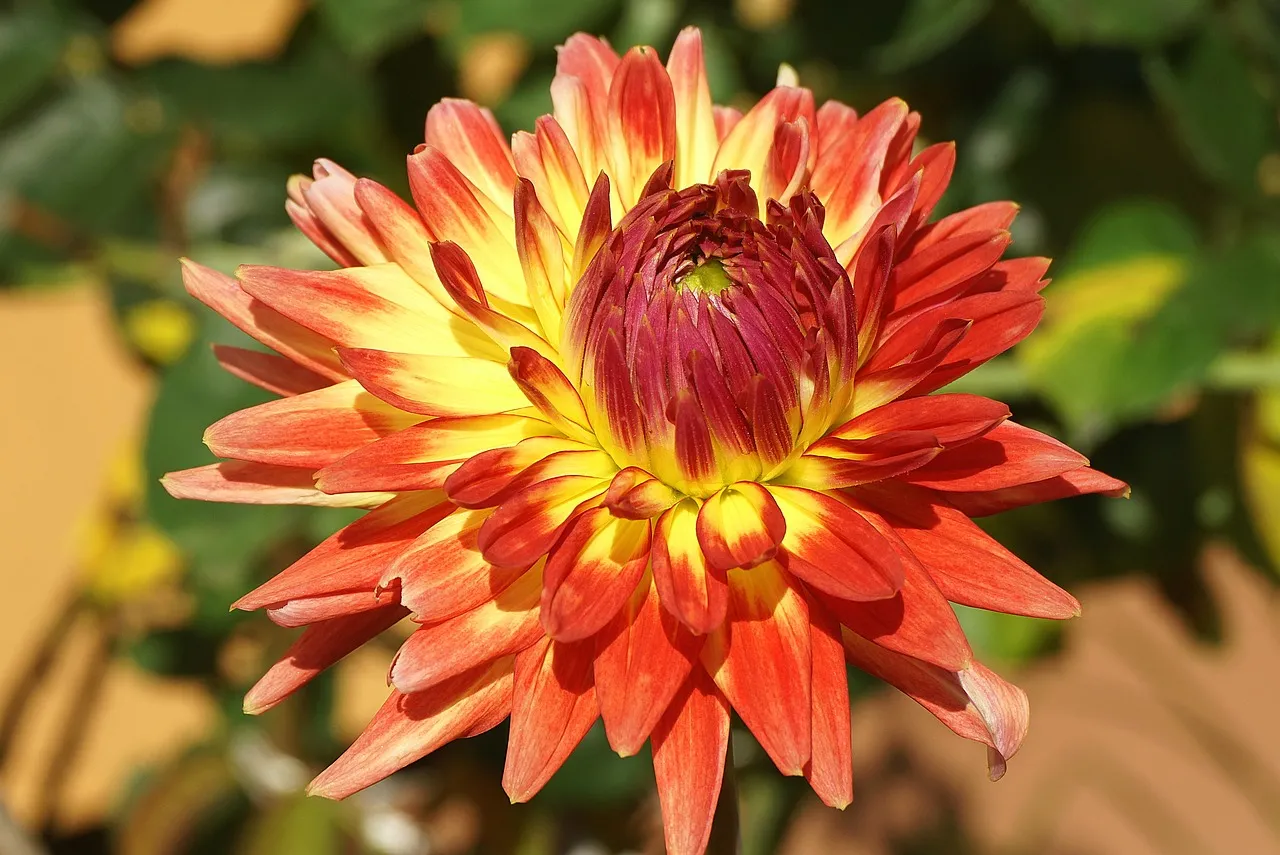
In the world of balcony gardening, the allure of Dahlia bulbs shines brighter than ever. Throughout this comprehensive guide, we’ve ventured into the fascinating realm of Dahlias, uncovering the secrets to creating a thriving balcony garden bursting with colors and beauty.
We’ve learned the charm of Dahlia bulbs and how they’re a must-have for those seeking to transform their small balcony spaces into vibrant havens. We’ve explored the art of selecting the right Dahlia varieties for containers, ensuring that limited space doesn’t limit our floral ambitions.
We’ve discussed the critical role of soil quality, planting depth, and proper watering techniques, unveiling the secrets to healthy Dahlia growth. Sunlight requirements have been unveiled, emphasizing the importance of finding the ideal location for our Dahlia bulbs to bask in the sun’s embrace.
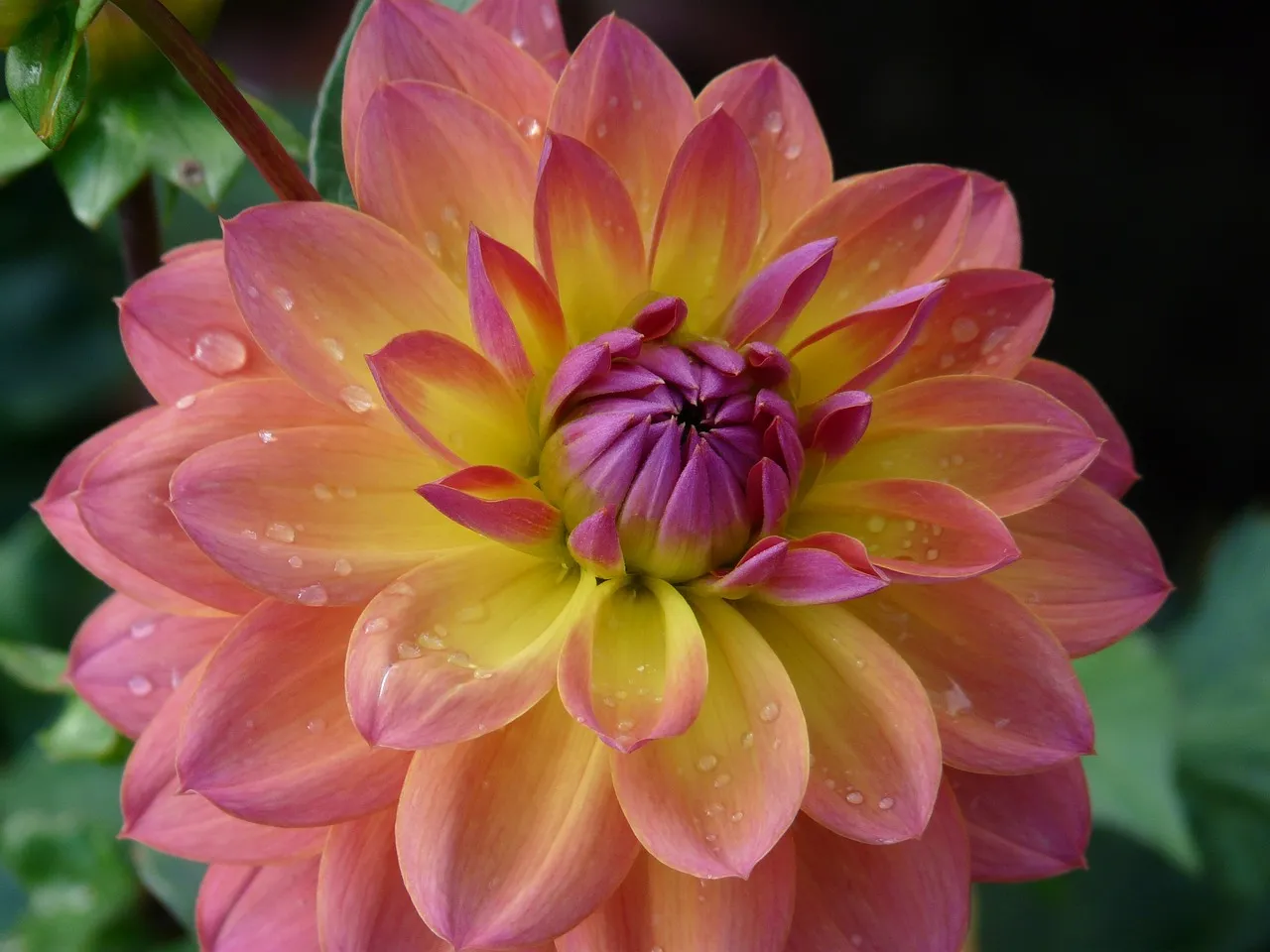
Furthermore, we’ve explored essential topics like feeding, mulching, and providing support to our Dahlia plants, all while considering natural pest prevention and disease management. We’ve even ventured into the realm of winter care and the art of dividing Dahlia clumps for continued growth.
Finally, we’ve discovered how to maximize our Dahlia garden’s beauty through stunning cut flower arrangements, bringing the charm of our balcony garden indoors.
In conclusion, with the knowledge and insights gained from this guide, you are well-equipped to embark on a Dahlia-filled journey and create the perfect balcony garden. Dahlia bulbs, with their captivating allure, are ready to grace your outdoor space with their vibrant colors and elegance. So, roll up your sleeves, grab your gardening tools, and let your balcony bloom with the enchantment of Dahlias. Happy gardening!
FAQ: Most Frequently Asked Questions on Dahlia
1. What are the ideal Dahlia varieties for a small balcony garden?

When selecting Dahlia varieties for a small balcony garden, compact and dwarf varieties are your best friends. Consider varieties like ‘Gallery Pablo’ and ‘Bishop’s Children,’ which are known for their manageable sizes. These varieties won’t overwhelm your limited space and can thrive beautifully in containers.
2. What’s the perfect planting depth for Dahlia bulbs on my balcony?
For balcony gardening success with Dahlia bulbs, it’s crucial to plant them at the right depth. Aim for a planting depth of about 4 to 6 inches. Ensure that the “eye” or growing point of the bulb is facing upwards. Proper planting depth encourages strong growth and healthy blooms.
3. How do I water my Dahlia bulbs without overwatering?
Balancing the water needs of Dahlia bulbs can be a bit tricky but is essential. Water your Dahlia bulbs consistently, keeping the soil evenly moist but not waterlogged. Container gardens often require more frequent watering due to faster moisture evaporation. Use a moisture meter or your finger to check soil moisture levels and water when the top inch of soil feels dry.
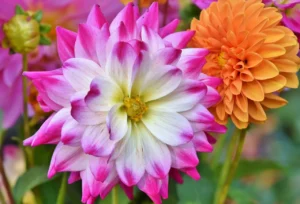
4. Can Dahlia bulbs thrive on a shaded balcony?
Dahlia bulbs are sun-loving plants, and they thrive when exposed to at least 6 to 8 hours of direct sunlight daily. If your balcony has limited sunlight, consider using reflective surfaces or mirrors to redirect and maximize natural light. Without sufficient sunlight, Dahlia blooms may be sparse, so select a sunny spot if possible.
5. How can I naturally prevent pests from damaging my Dahlia bulbs?
Protecting your Dahlia bulbs from pests on your balcony can be achieved through natural methods. Introduce beneficial insects like ladybugs and lacewings to prey on aphids and caterpillars. Plant companion herbs and flowers like marigolds and basil, which naturally repel unwanted insects. Regularly inspect your Dahlia plants for signs of pests, and remove them by hand or wash them away with a gentle soap and water solution if necessary.
6. What are the common diseases that affect Dahlia bulbs, and how can I manage them naturally?
Common Dahlia diseases include powdery mildew, gray mold (botrytis), and fungal leaf spots. To prevent these diseases, provide proper spacing between your Dahlia plants to promote air circulation, and avoid overhead watering, as damp foliage is more susceptible to fungal infections. If you notice disease symptoms, promptly remove and dispose of affected plant parts and consider using organic fungicides or neem oil to manage severe outbreaks.
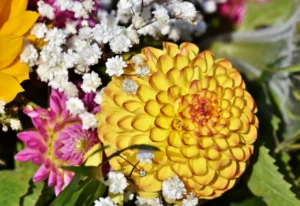
7. How should I prepare my Dahlia bulbs for the winter on my balcony?
Winter care for Dahlia bulbs on your balcony depends on your climate. In milder regions, you can leave the bulbs in containers, mulch them heavily, and protect them from frost. In harsh winter regions, dig up the Dahlia bulbs before the first frost, allow them to dry, and store them in a cool, dark place in peat moss or vermiculite until spring.
8. When and how should I divide Dahlia clumps to promote healthy growth?
Dividing Dahlia clumps is essential for maintaining healthy growth. Do it in the spring when new shoots emerge but before the plants become too established. Carefully dig up the clump, separate the tubers, and ensure each division has a portion of the tuber with an eye or growing point. Replant the healthy divisions in containers or chosen spots on your balcony for another season of stunning blooms.
9. Can I use Dahlia blooms as cut flowers for indoor arrangements?
Certainly! Dahlia flowers add beauty to indoor bouquets. Harvest when fully open and fresh. Use sharp shears for clean cuts, and remove submerged foliage to prevent bacterial growth. Combine with other flowers for captivating arrangements.
10. How can I make the most of my Dahlia garden for stunning balcony arrangements?
To maximize the beauty of your Dahlia garden for stunning balcony flower arrangements, experiment with different Dahlia varieties and colors to achieve captivating and eye-catching combinations. Combine Dahlia blooms with other complementary flowers and foliage to create captivating bouquets and centerpieces. With the right selection and arrangement, you can infuse your home with the natural beauty and charm of Dahlia blooms, transforming your indoor spaces into radiant gardens of elegance.
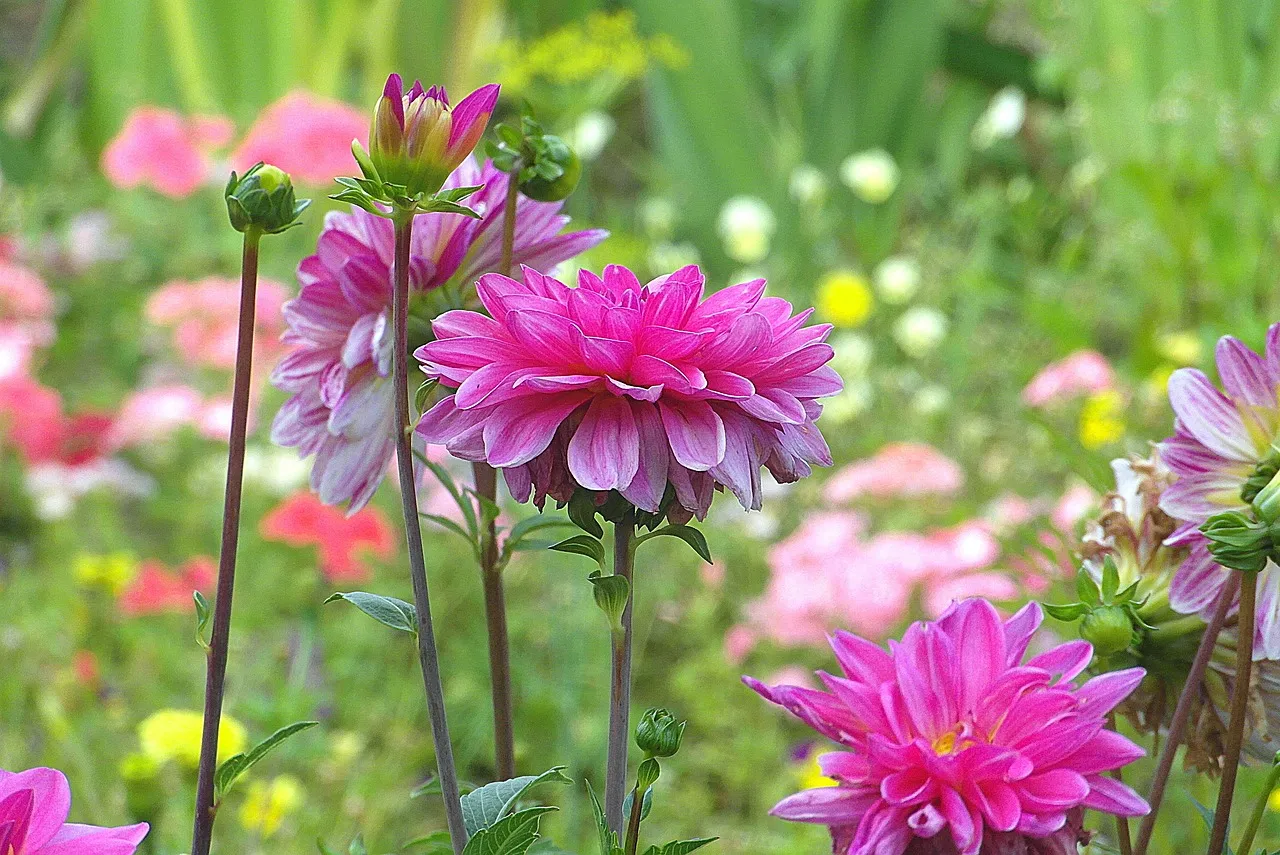
These frequently asked questions provide valuable insights into the world of Dahlia gardening on your balcony. Armed with this knowledge, you’ll be better prepared to create and maintain a thriving Dahlia haven that bursts with colors and elegance in your small outdoor space.
#BalconyGardening #FlowerCare
